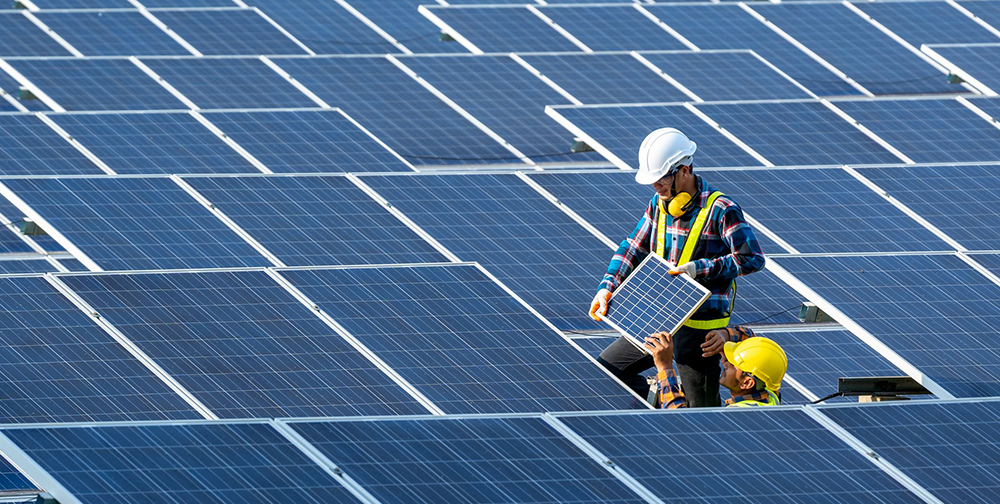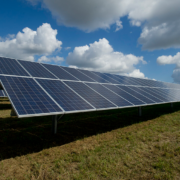Learning More About Solar Farms
For anyone who has one eye on the news media, it should come as no surprise that the cost of living is rapidly increasing – and that includes the cost of energy. It is also apparent that the environmental costs of continuing to use fossil fuels are now reaching a point where if human beings do not wean themselves off these fuels then the damage to the planet could be irreversible.
These are among the challenges that face those committed to the use of renewable energy – how can the costs of renewables be brought down and what steps can be taken to reduce the use of fossil fuels?
One of the solutions is solar power. The technology used to provide electricity from the thermal rays of the sun is steadily becoming more advanced, efficient, and cost-effective. Solar farms consist of many photovoltaic (PV) solar panels. These absorb energy from the sun and convert it to electricity which is fed to the grid. This is accomplished by three different types of ‘Concentrated Solar Power’ (CSP plants) — the compact linear fresnel reflector, the parabolic trough, and the power tower. These plants use highly reflective mirrors that focus the sun’s thermal energy on a single point (for example the Power Tower). This heats water stored at that point and produces steam that is used to power traditional steam turbines. It is efficient and produces no Greenhouse gases that can harm the environment.

This arrangement differs from the household solar arrays that are becoming more and more popular. The household systems use two thin silicon sheets that act like a battery. One is positively charged, and the other is negatively charged. When the two layers are joined and exposed to sunlight, an electrical current is produced. It should be noted that these solar farms produce enough thermal energy output to ensure that steam is produced even after night has fallen. The water remains hot enough for power generation several hours into the night.
Thermal storage units increase the availability of energy and can be particularly useful when the regional grid is under strain due to adverse weather conditions or higher than expected consumption.
In many cases, the production cost and consumption costs of using solar power compare extremely favourably with fossil fuel (such as coal) power plants. As efficiency improves so does the number of solar farms. Today there are solar farms with modest outputs that supply power to a few homes and mega-farms that can meet the power requirements of thousands of households.
However solar farms do present challenges. Reliable access to high levels of thermal output of the sun (i.e. sunshine) is limited to a number of geographical areas. these areas currently include Southern California, New Mexico, Arizona, and West Texas.
Renewable energy sources such as wind, solar, and biomass use has grown rapidly in recent years, fueled by ever-increasing technological innovation and consumer demand. Whereas in decades past the move to renewable was driven (in part) by the expected coming scarcity of fossil fuels. today that growth is driven by environmental issues and increased consumer awareness of the damage that fossil fuels are doing to the planet. It is a trend that shows no sign of weakening anytime soon.


